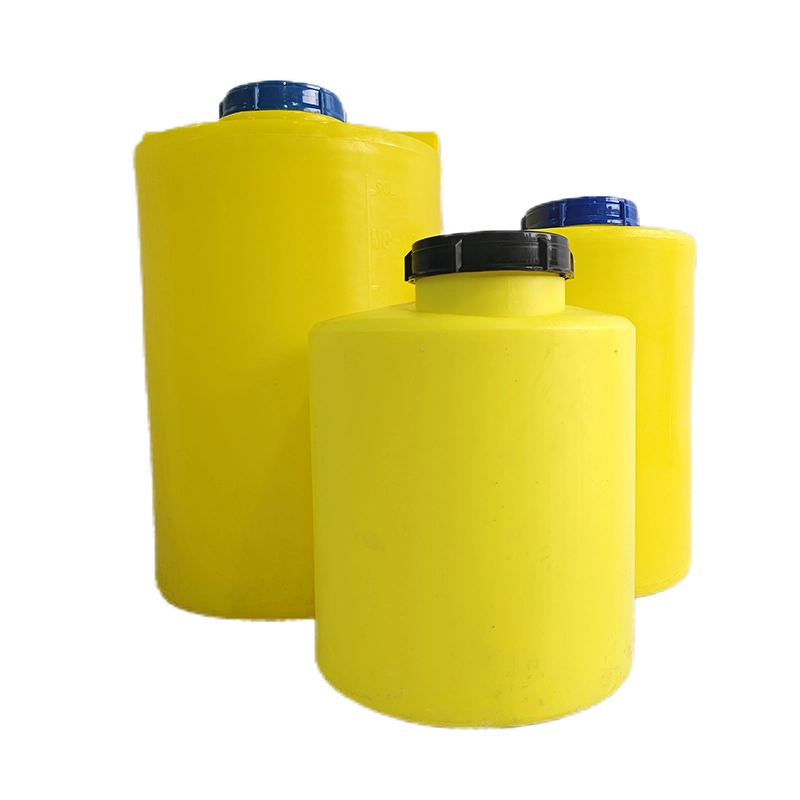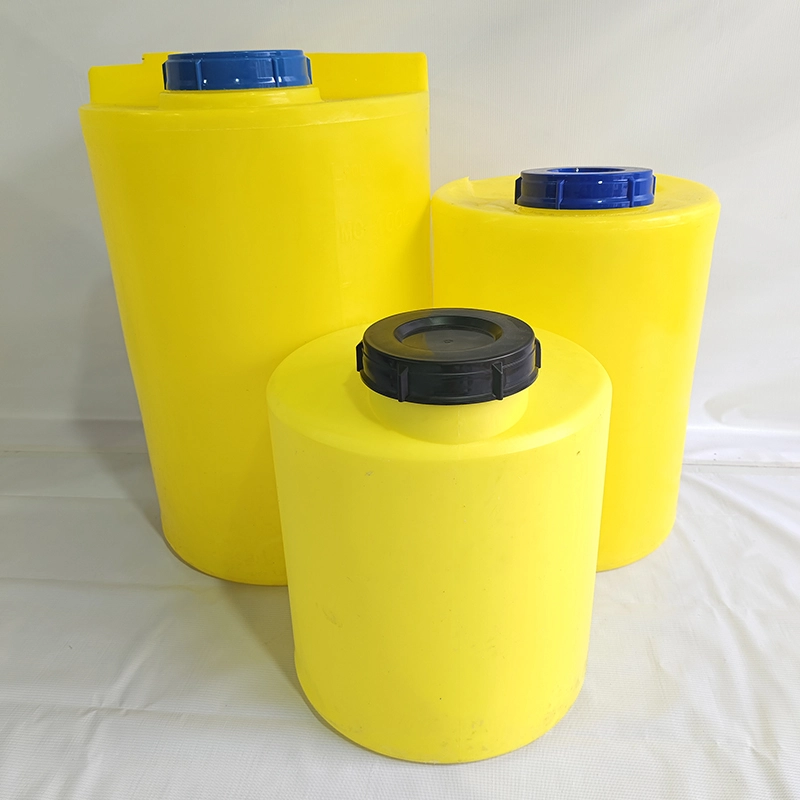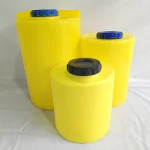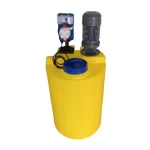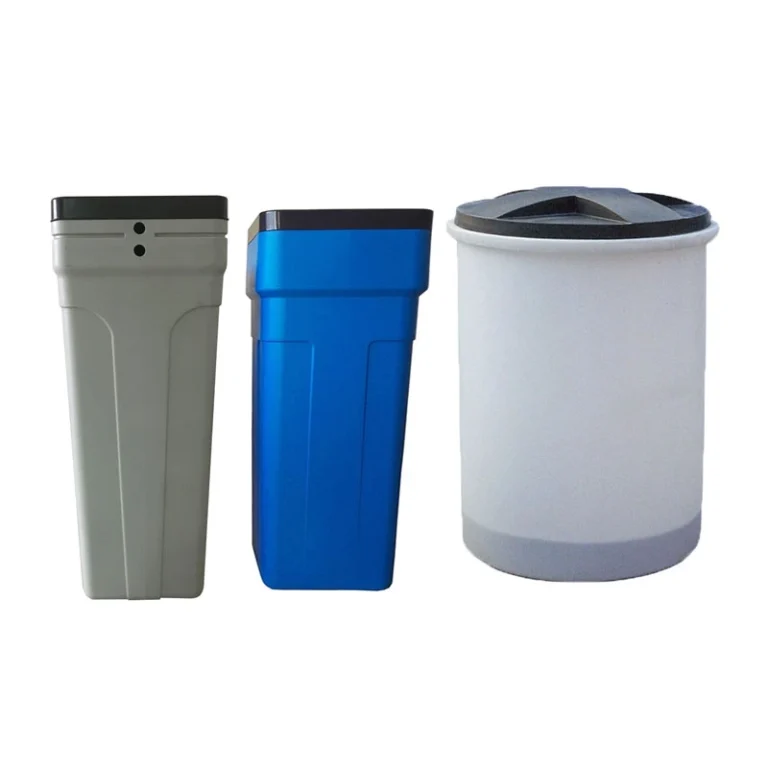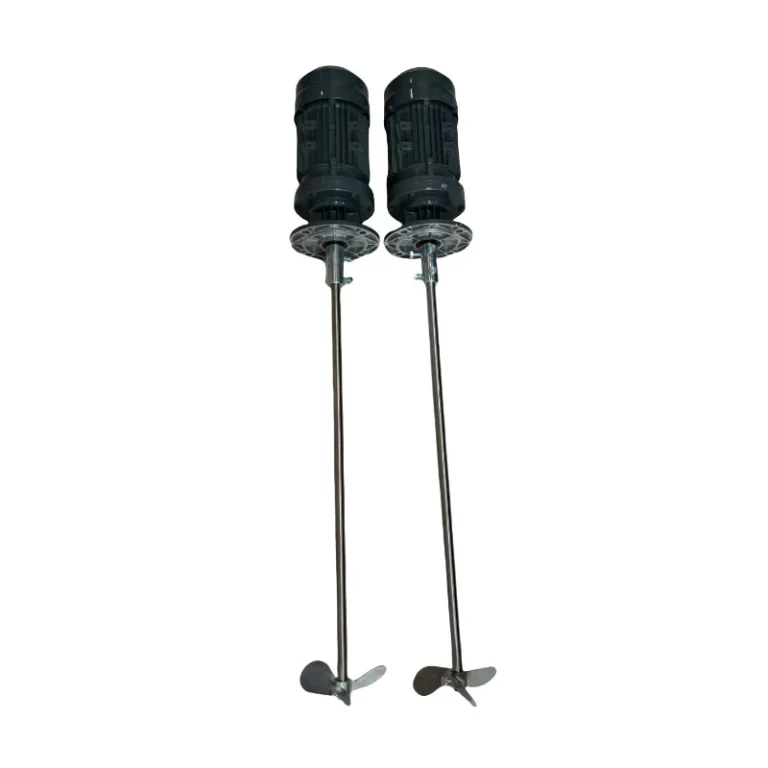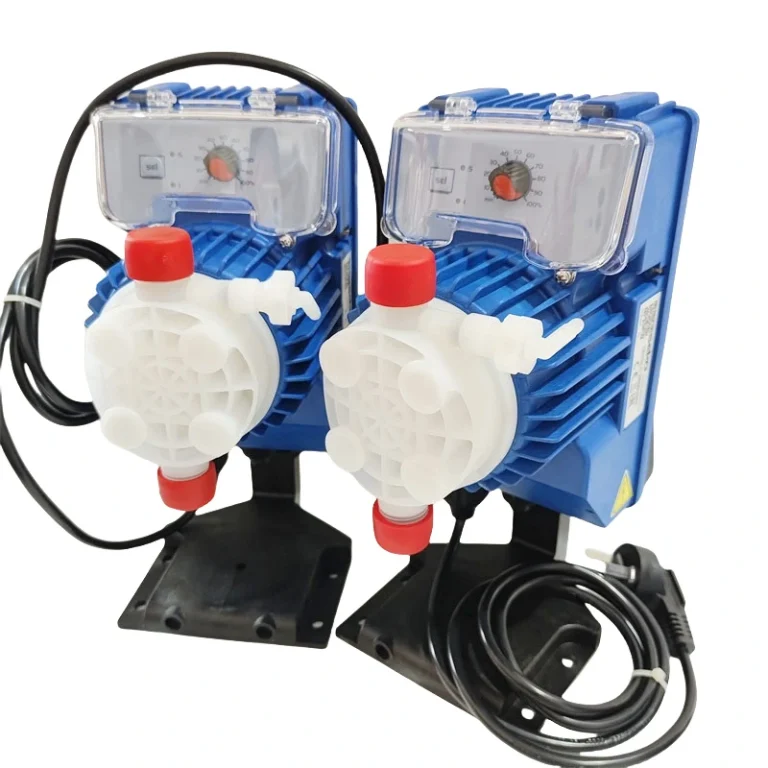BasideWT- Whole Home Water Filtration System & Replacement

High Quality PE Industrial Storage Water tank Plastic Chemical Dosing tank For Dosing System
PRODUCT PARAMETERS
- Product Name: Dosing tank
- Material: PE
- Color: White ,Yellow
- Shape: Round
- Application: Sewage Treatment
- Capacity:40L- 20000L
- Features: Seamless One Piece Rotomoulding
- Highlight: Chemical tank, chemical mixing tank, Rotomolding PE Fertilizer Dosing Tank
- Packing: Standard Exportation Package
Dosing tank is the core component of any chemical feed system. Also known as a chemical day tank or mixing tank, it is designed for the safe storage, preparation, and controlled injection of treatment chemicals. These tanks ensure precise chemical metering into processes like water treatment, manufacturing, and cooling systems.
Key applications include:
- Water & Wastewater Treatment: For disinfectant, pH adjustment, and coagulant dosing.
- Chemical Processing: Accurate reactant addition for consistent product quality.
- Cooling Towers & Boilers: Dosing scale and corrosion inhibitors to protect equipment.
Why choose a professional dosing tank?
- Corrosion-Resistant Materials: Constructed from HDPE, PP, or FRP to handle aggressive chemicals.
- Integrated Features: Options include agitators, level sensors, and containment bunds for safety.
- Precision & Reliability: Ensures accurate chemical dosage, reducing waste and operational costs.
The Principle of Controlled Metering and Injection
The tank works in concert with other components. These include mixers, level sensors, and dosing pump. The tank itself facilitates several key functions:
- Solution Preparation: Chemicals are often diluted to a specific concentration within the tank.
- Storage and Buffer: It provides a buffer volume, preventing pump run-dry situations.
- Safe Containment: It safely houses potentially hazardous liquids.
In essence, the chemical solution tank transforms raw or concentrated chemicals into a ready-to-use, precisely controllable resource.
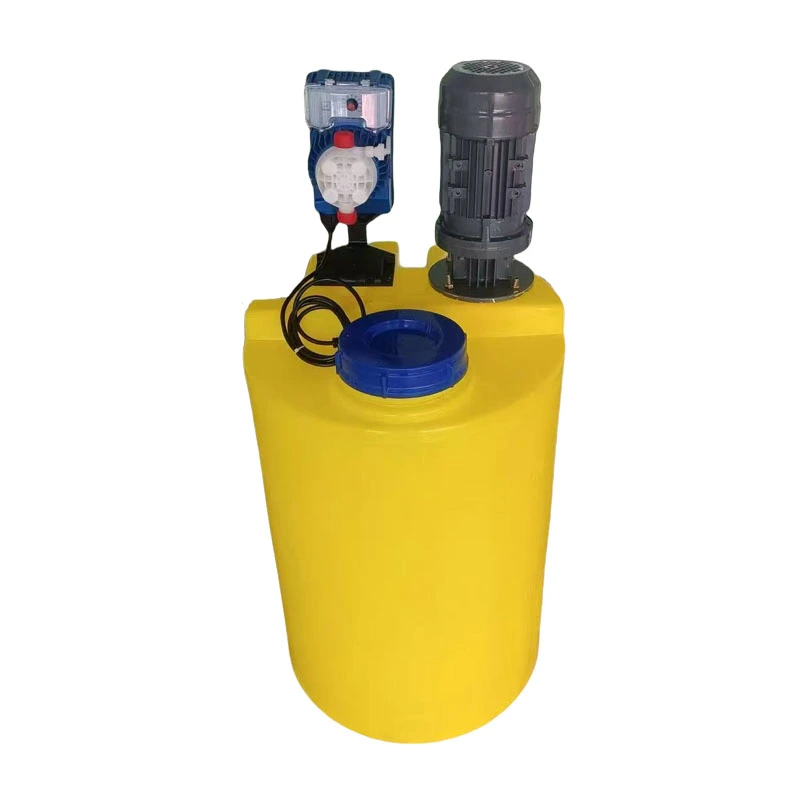
Dosing Tank Size

| Model | D(mm) | H(mm) | Lid mouth(mm) | Weight (kg) |
| 40L | 390 | 430 | 150 | 1.75 |
| 60L | 460 | 550 | 150 | 3 |
| 100L | 460 | 790 | 150 | 5 |
| 200L | 580 | 920 | 150 | 7.5 |
| 300L | 670 | 1020 | 150 | 9 |
| 500L | 800 | 1100 | 230 | 12.5 |
| 1000L | 1040 | 1370 | 305 | 20 |
| 1500L | 1155 | 1520 | 305 | 35 |
| 2000L | 1270 | 1720 | 305 | 45 |
| 3000L | 1460 | 1800 | 400 | 70 |
| 5000L | 1740 | 2220 | 400 | 130 |
| 10000L | 2200 | 2750 | 650 | 260 |
| 20000L | 2650 | 3710 | 650 | 580 |
Integral Features for Enhanced Performance and Safety
Modern chemical feed tanks are not bare vessels. They incorporate intelligent features for optimal operation:
- Agitation Systems: Built-in mixers ensure the solution remains uniform. This prevents sedimentation and stratification. Consistent concentration is the goal.
- Level Monitoring: Ultrasonic or float switches provide real-time data on chemical volume. This allows for timely refills and can trigger automated alerts.
- Containment Bunding: Many tanks feature an integral bund or spill basin. This secondary containment captures any potential leaks. It is a critical safety feature for environmental protection.
These features transform a basic tank into a smart, reliable component of your process automation.
Precision Control Systems: Integrating Tanks with Dosing Pumps
A tank alone cannot dose. Its true potential is unlocked when paired with a precision metering pump. This integration creates a complete chemical dosing skid. The tank stores the solution; the pump delivers it with exactitude.
Achieving Unmatched Accuracy with Modern Technology
How is this accuracy achieved? The pump draws from the tank. It then injects a precise volume of chemical into the process line. Modern control systems manage this integration flawlessly.
- Flow-Paced Control: The injection rate is proportional to the flow rate of the main process stream.
- Feedback Control: A sensor (e.g., a pH probe) monitors the process. It sends a signal to the pump to adjust the dose in real-time.
This synergy between the chemical storage tank and the pump is what delivers true process optimization. It moves operations from manual guessing to automated, data-driven precision.
FAQs
Choosing the perfect water treatment system depends on your specific water quality, household size, and needs. We make it easy with our 3-step process:
Water quality testing – analyze your water for contaminants, hardness, and other factors.
Personalized Consultation – Our experts recommend systems based on your results, budget, and water usage.
Customized Solution – From whole-house filtration to targeted solutions (e.g., RO for drinking water, softeners for hard water), we tailor the system to your home.
To determine your water flow rate in gallons per minute (GPM), follow these simple steps:
Prepare for Testing:
- Prepare for Testing:
- Ensure all water fixtures in your home are turned off
- Select the faucet closest to your main water supply line (usually the kitchen sink or an outdoor spigot)
- Conduct the Test:
- Fully open the selected faucet
- Time how many seconds it takes to fill a 1-gallon container
- Repeat the test 2-3 times for accuracy
- Calculate Your Flow Rate:
Use this formula: Flow Rate (GPM) = 60 ÷ Fill Time (seconds)Example Calculation:- If your 1-gallon container fills in 15 seconds
- 60 ÷ 15 = 4 GPM
For more precise measurements or whole-home flow rate analysis, contact our water system specialists. We can help you determine if your current flow rate meets the requirements for any water treatment systems you’re considering.

1. Check Multiple Fixtures
Test water pressure at different faucets, showers, and appliances (e.g., kitchen sink, bathroom sink, outdoor hose).
If only one fixture has low pressure, the problem is likely localized (clogged aerator, faulty valve, or pipe issue).
If all fixtures have low pressure, the issue is systemic (main supply, pressure regulator, or water heater).
2. Inspect the Aerator or Showerhead
Unscrew the faucet aerator or showerhead and check for mineral deposits, debris, or rust.
Soak it in vinegar overnight to dissolve buildup, then rinse and reattach.
3. Check the Main Shutoff Valve
Locate the main water shutoff valve (usually near the water meter or where the main line enters the house).
Ensure it’s fully open (turn clockwise to close, counterclockwise to open).
1. Activated Carbon Filters
- Removes:
✅ Chlorine & chloramines
✅ Bad tastes & odors (e.g., sulfur)
✅ Volatile Organic Compounds (VOCs)
✅ Some pesticides & herbicides
❌ Does not remove heavy metals, dissolved minerals, or microbes
2. Reverse Osmosis (RO) Systems
- Removes:
✅ Heavy metals (lead, arsenic, mercury, cadmium)
✅ Dissolved salts (fluoride, nitrates, sulfates)
✅ Microplastics & sediment
✅ Bacteria & viruses (if combined with UV)
✅ Chlorine & chemicals (with carbon pre-filter)
❌ May remove beneficial minerals (can be remineralized)
3. Water Softeners (Ion Exchange)
- Targets:
✅ Calcium & magnesium (hardness)
✅ Low levels of iron & manganese
❌ Does not remove bacteria, chlorine, or heavy metals
4. UV Purifiers
- Kills:
✅ Bacteria (E. coli, coliform)
✅ Viruses (rotavirus, hepatitis)
✅ Protozoa (Giardia, Cryptosporidium)
❌ Does not remove chemicals, metals, or sediment
5. Sediment Filters
- Removes:
✅ Sand, rust, dirt
✅ Large particles & silt
❌ Does not remove dissolved contaminants
6. Whole-House Filtration Systems
Combines multiple methods (carbon + sediment + UV) for broad protection.
- UV: Kills bacteria/viruses but doesn’t remove chemicals or particles.
- RO (Reverse Osmosis): Removes 95–99% of contaminants (heavy metals, dissolved salts) but requires electricity.
- Activated Carbon: Absorbs chlorine, odors, and organic compounds—ideal for pre-filtration.


